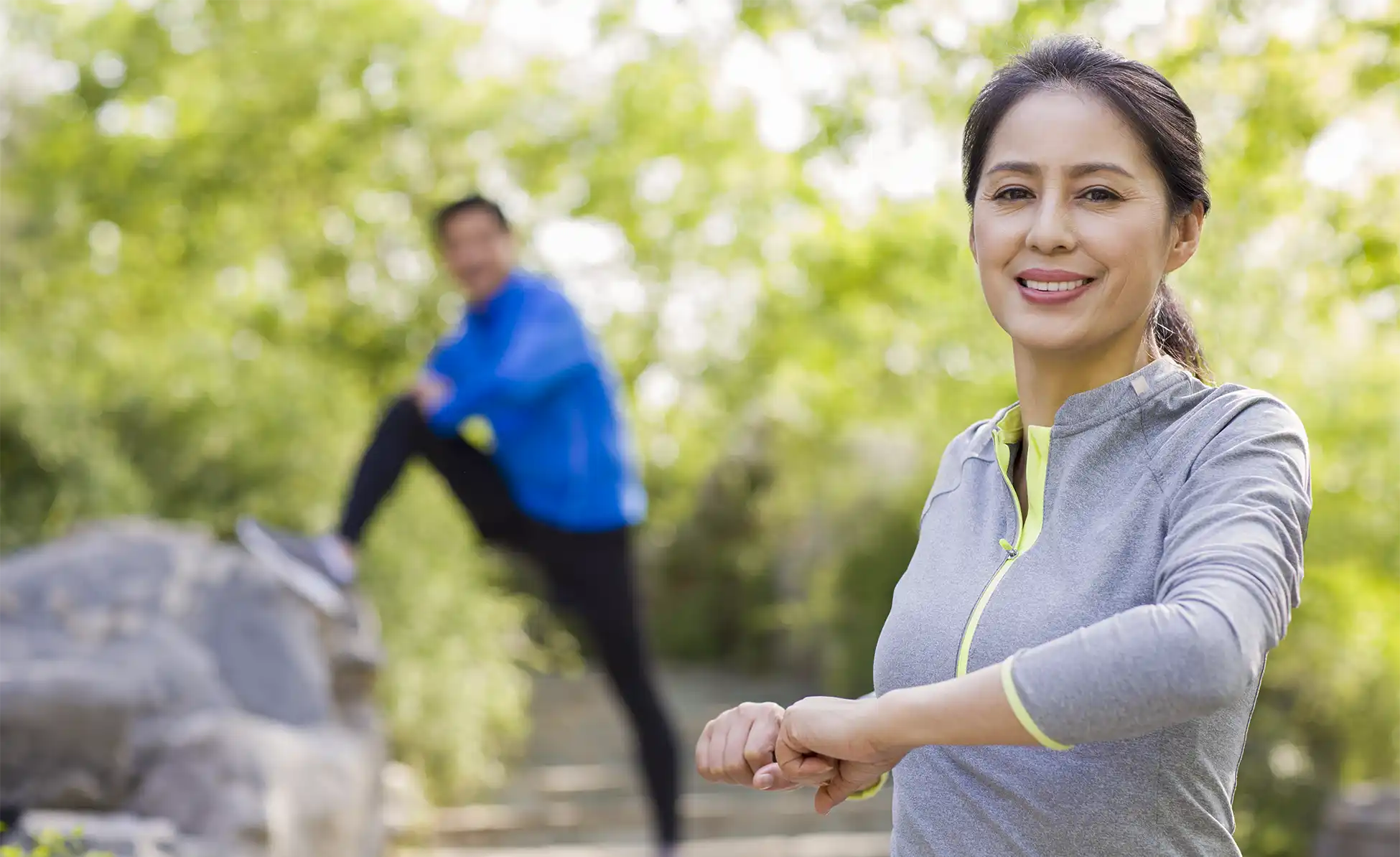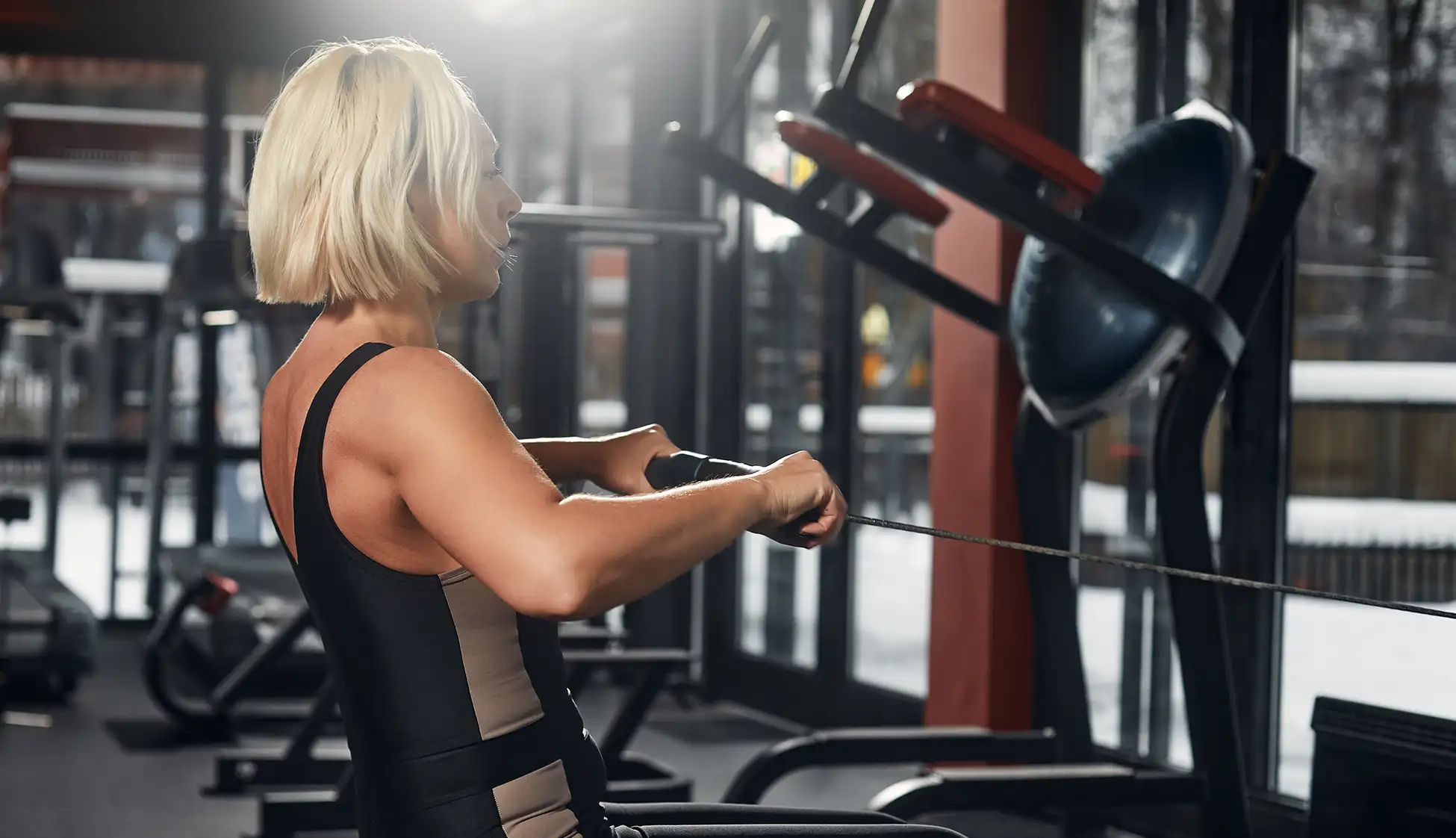Exercise and Oestrogen
Oestrogen plays a big role in sexual development and helps prepare the uterus for pregnancy. It is also responsible for the pubertal growth spurt and epiphyseal closure, which limits height and limb length in both males and females.
Oestrogen levels decrease as a woman approaches menopause or after she has a hysterectomy, and low oestrogen can cause hot flashes and other symptoms. Fortunately, there are several ways to increase your oestrogen naturally.
Can Exercise Help Increase Oestrogen Naturally?
The hormones in your body are a complex mix of chemicals that change according to the day, time, and stage of your life. Hormones are secreted by your tissues and travel through the bloodstream to affect other tissues in different ways. For example, the sex hormone oestrogen has an effect on your muscles and the brain. Scientists have discovered that it can activate a gene called the Melanocortin-4 receptor (Mc4r), which increases protein production. This activation can help you increase your muscle mass and endurance.
Oestrogen levels naturally increase during puberty and pregnancy and decrease when you stop menstruating, also known as “menopause.” Low oestrogen can lead to symptoms like hot flashes and vaginal dryness. It can also lead to osteoporosis, a condition that causes bone damage that can cause thinning and fractures.
Oestrogen levels can be boosted with exercise and a healthy diet. However, it’s important to work with a healthcare provider to make sure you get enough exercise and nutrients to protect your body from health risks. Taking hormone replacement therapy or phytoestrogenic herbal supplements can also increase your oestrogen. These supplements contain plant-based oestrogen and can help with balancing your hormones. However, they can also come with additional risk factors for diseases like blood clots, heart attacks, and strokes. Talk to your doctor about the benefits and risks of oestrogen supplements.

Exercise Increases Oestrogen Levels
When oestrogen levels drop during menopause, women can experience a host of symptoms including hot flashes, low libido and weight gain. Fortunately, exercising on a regular basis helps to bring these hormones back into balance. In fact, a study published in the journal Cancer Epidemiology, Biomarkers and Prevention found that those who regularly exercise had higher levels of estrone and lower levels of the more potent oestrogen estradiol.
These women also had a higher rate of metabolic flexibility and improved cardiovascular function compared to those who didn’t regularly exercise. In addition, they had more energy, a lower body fat percentage and healthier cholesterol and triglyceride levels.
The women in the study were given an exercise intervention that consisted of either aerobic or anaerobic exercises. They had their circulating oestrogen levels and muscle mass measured at the start of the study and again after 12 weeks of training. The researchers found that both aerobic and anaerobic exercises increased the level of unconjugated oestrogens in the blood. However, the most significant increase in circulating oestrogen occurred after 12 weeks of anaerobic training.
The researchers believe that the higher estradiol levels in the blood of the participants in this study may be due to the effect that physical activity has on the metabolism and excretion of fatty acids, which is believed to play a role in the regulation of ovarian sex hormones. They also noted that the higher level of oestrogen in the blood of the females in this study was likely due to their high current BMI, but this did not explain all of the results observed.
Exercise Reduces Oestrogen Levels
A study published in the journal “Cancer Epidemiology Biomarkers Prev” found that women who exercise regularly tend to have lower levels of circulating oestrogens. The study followed postmenopausal women through a year-long exercise program and measured the levels of the female sex steroid estrone in the blood. Within three months, the women who increased their levels of regular exercise lowered their serum oestrogens by about 2 percent. This reduction was accompanied by a decrease in the levels of the less potent sex steroid estrone. The researchers believe that the reason why exercising helps lower oestrogen is because it reduces body fat, and the brain responds to this change in body fat by increasing the activity of a gene called the melanocortin-4 receptor (Mc4r). This gene affects energy regulation, food intake, body weight, and motivation for physical activity.
Another way that exercise can lower oestrogen is by lowering the level of certain metabolites, such as 16a-hydroxyestrone and 2-hydroxyestrone. A separate study, which used the data from the Women’s Health Initiative Observational Study, showed that both sitting and walking were associated with higher levels of these metabolites, while only walking was associated with lower levels.
Low levels of the sex hormone oestrogen can cause infertility and increase the risk for osteoporosis, a disease that occurs when bone tissue weakens. While exercise may help improve oestrogen levels, it is important to be careful about how much you exercise because too little will have the opposite effect of what you want.
Exercise Can Help With Menopausal Symptoms
Women who are physically active tend to have milder menopausal symptoms than those who are sedentary. The reason for this is that the body’s female hormones control menstruation, burn fat and help with bone health. The decline in these hormones in perimenopause and through menopause causes women to gain weight, develop lifestyle diseases like heart disease, diabetes and osteoporosis, and can trigger hot flashes, night sweats, mood changes, brain fog, and fatigue.
Hormone therapy has been the gold standard for treating all of these symptoms, but not all women want to or can use it. Additionally, the Women’s Health Initiative study has led to some concerns about the risks of oestrogen and progestin.
Exercise is the best natural treatment for many menopausal symptoms, including hot flashes and night sweats. Studies have shown that it can also reduce depression and anxiety, which can be caused by hormonal fluctuations during menopause. It can also help with insomnia and fatigue. It can even help with mood swings, as exercise releases feel-good chemicals called endorphins.
To get the most benefit from exercise, choose activities that increase your heart rate and strengthen your muscles. This can include cardiovascular exercise, such as walking, swimming or cycling, strength training and stretching. Find an activity that you enjoy and will stick with, and try to get at least 150 minutes of physical activity each week.
To help you, we have formulated an entirely natural supplement which together, powerfully combat the symptoms of menopause – MenoBliss could help you! With 38 natural active ingredients proven to help improve hormonal balance, MenoBliss helps reduce aches and pains, hot flashes, mood swings, insomnia, brain fog, and lack of desire.
See what other women are saying about MenoBliss, and then try it for yourself!



